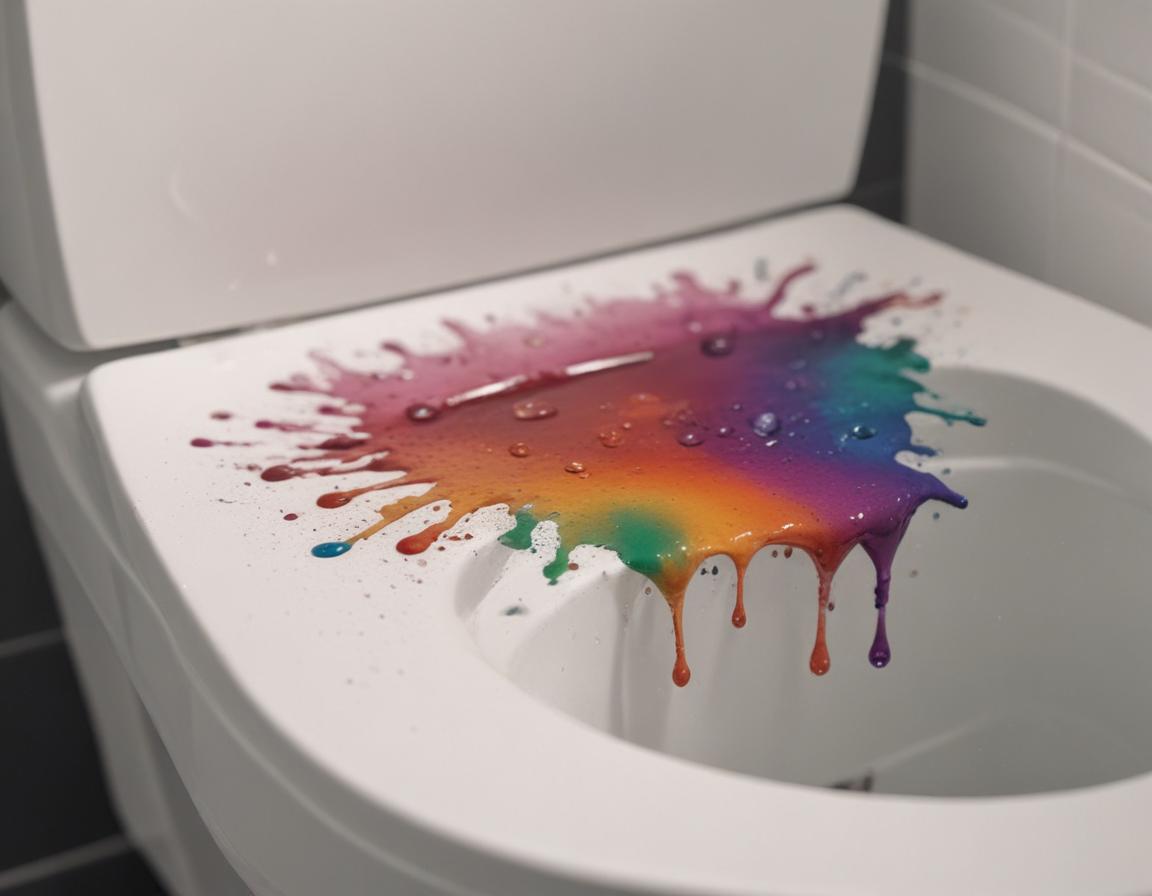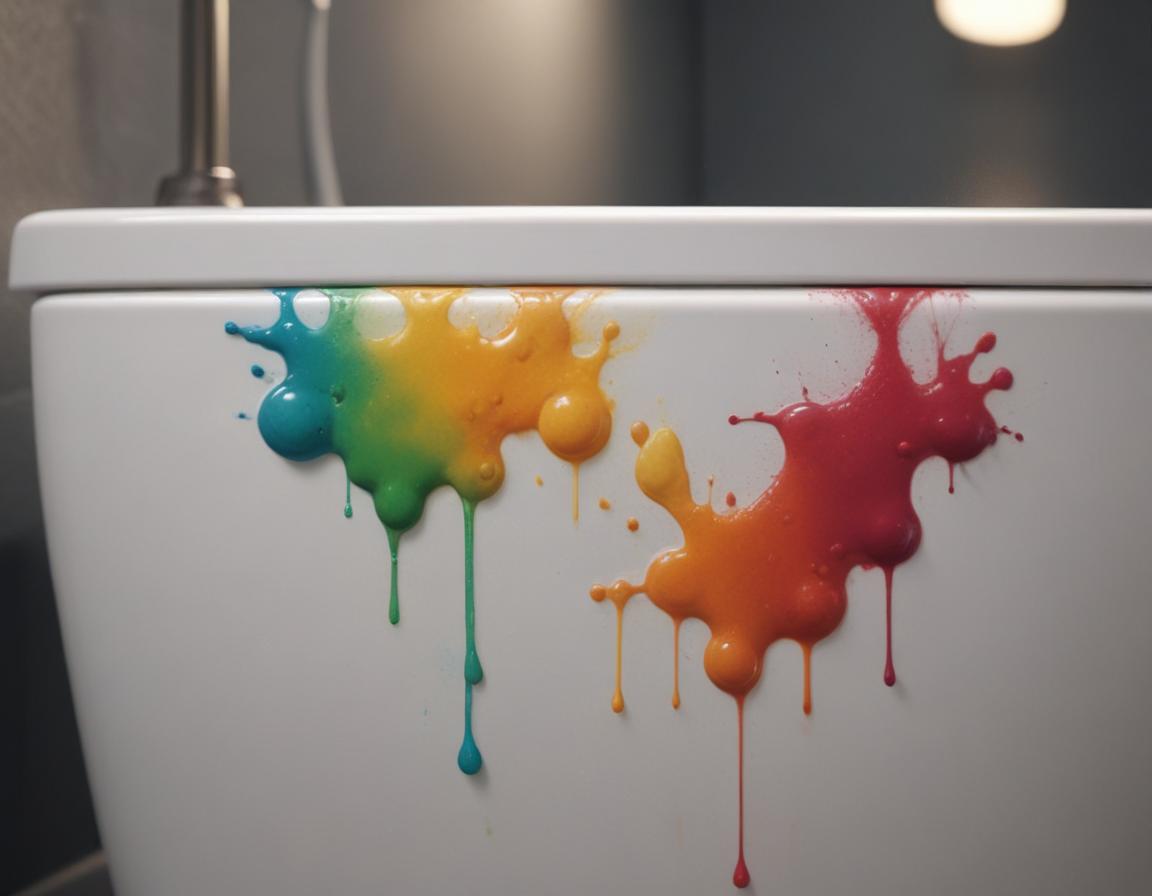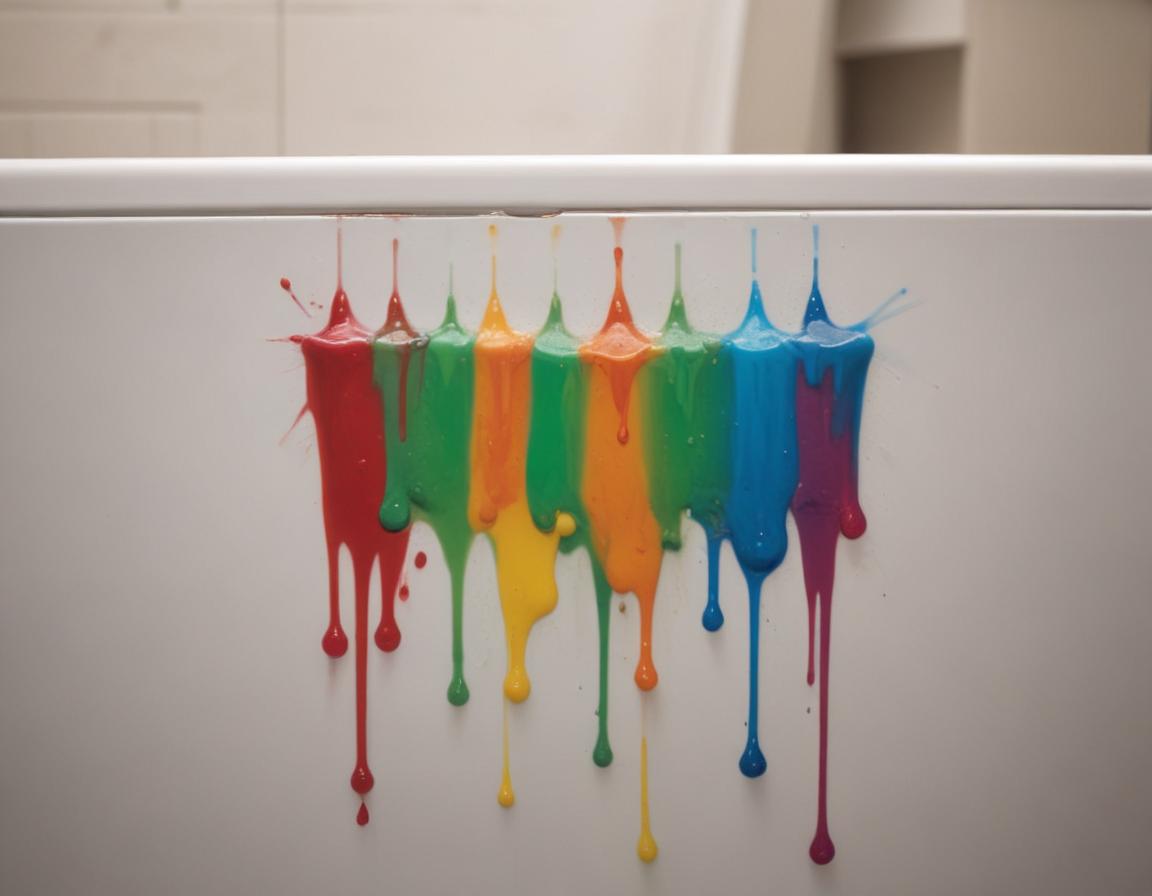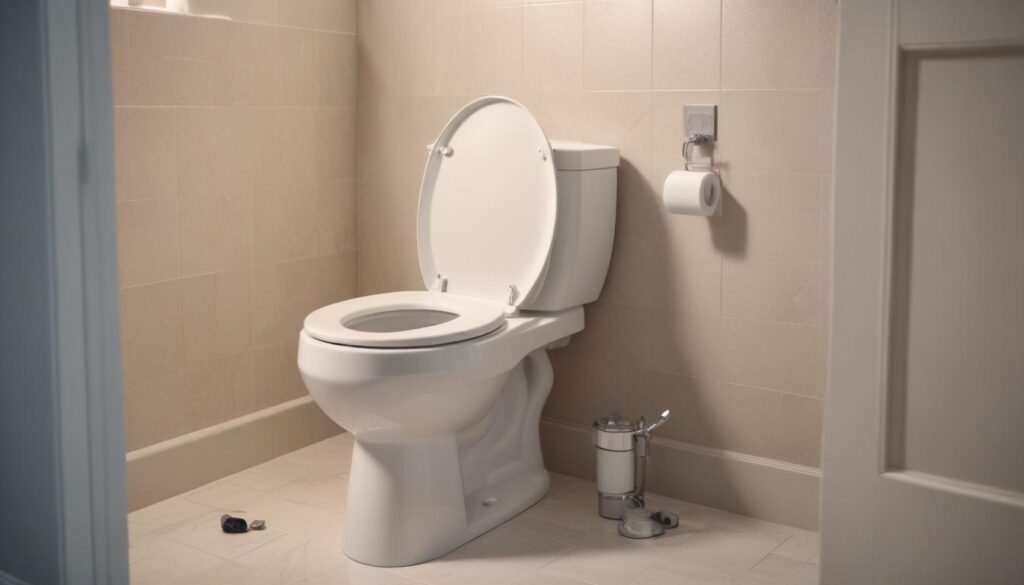How to Fix a Running Toilet & Save $100s a Year
Diagnose the Leak
One of the first steps to fixing a running toilet is diagnosing the issue, typically caused by a faulty flapper. All you need is a few drops of food coloring, which you can add into your toilet tank. Avoid flushing the toilet and observe over the next 10-15 minutes. If you notice the colored water appearing in the toilet bowl, this is an indicator that the flapper is no longer creating a secure seal at the bottom of your tank.
This simple step ensures no extra effort is spent addressing the wrong problem, and replacing a flapper is straightforward once you’ve confirmed the source of the leak. Diagnosing this way prevents prolonged water wastage and sets you up for a quick, efficient fix.

Replace the Flapper
Once you confirm that your flapper needs replacement, it’s time to roll up your sleeves. Start by turning off the water supply—a valve usually located behind the toilet. Next, flush the toilet to completely drain the tank. Carefully remove the deteriorated flapper from its hinges, taking note of how it is installed so you can easily attach the new one.
Quick tip: Replacement flappers are widely available at hardware stores and typically cost less than $10. Reinstall the new flapper and turn the water supply back on. Finally, test your work—the tank should fill correctly without leaking water into the toilet bowl. This quick and easy fix can significantly reduce your monthly water bill and help the environment simultaneously.

Adjust the Fill Valve
If your toilet continues to refill intermittently, it could mean that the fill valve is set too high. To fix this, locate the float inside the toilet tank. Depending on your setup, the float could be a ball or a cup mechanism:
- For ball floats: Gently bend the metal arm downward to lower its position.
- For cup floats: Use a screw adjustment to decrease the water level by about half an inch.
After making adjustments, flush the toilet and confirm that the water level stops just below the overflow tube. An adequately set float prevents excessive refilling and keeps the mechanics of your toilet running optimally. This minor tweak can save a lot on your water bill over time.

Benefits of Fixing a Running Toilet
Fixing a running toilet is not just about reducing noise or eliminating an annoyance—it has substantial financial and environmental benefits. A single repaired toilet can save about 4,000 to 6,000 gallons of water annually, which equates to $100–$300 in savings per year for the average U.S. household.
Beyond savings, this DIY project is a direct contribution to water conservation. With growing awareness about water scarcity, every small effort adds up. Moreover, fixing it yourself boosts your confidence and sense of accomplishment while sparing you the hassle of calling a plumber for such a straightforward issue. It’s a win for your wallet, the environment, and your skillset all at once.

Avoid These Common Mistakes
Even though fixing a running toilet is simple, there are a few common errors to avoid:
- Don’t overtighten the flapper chain: It needs enough slack to allow the flapper to seal properly.
- Use quality replacement parts: Cheap alternatives wear out quickly and may necessitate another repair soon.
- Inspect and maintain your toilet tank regularly: On average, flappers degrade after 4–5 years. Don’t assume they will last indefinitely.
By avoiding these pitfalls and regularly maintaining your toilet, you’ll maximize its efficiency and longevity.

When to Call a Plumber
Sometimes, DIY solutions won’t suffice. If you’ve replaced the flapper, adjusted the fill valve, and the toilet still runs persistently, it might indicate a more severe plumbing issue. Issues like a faulty wax ring, cracked tank, or malfunctioning fill valve may require professional attention.
Attempting complex repairs without proper experience or tools can lead to further complications or water damage. Instead, consult a certified plumber who can quickly assess and rectify the problem. While there is an upfront cost involved, ensuring your toilet operates correctly is worth the investment.

Conclusion
A running toilet is more than just an inconvenience; it’s a costly and environmentally damaging issue that’s incredibly simple to fix. With just $10 and a few spare minutes, you can repair the issue, save money, and contribute positively to water conservation.
Ready to take action? Visit your local hardware store for a replacement flapper or any necessary supplies. Once you’ve succeeded, don’t forget to share your DIY savings story with friends or drop a comment below to inspire others to do the same.
“`

